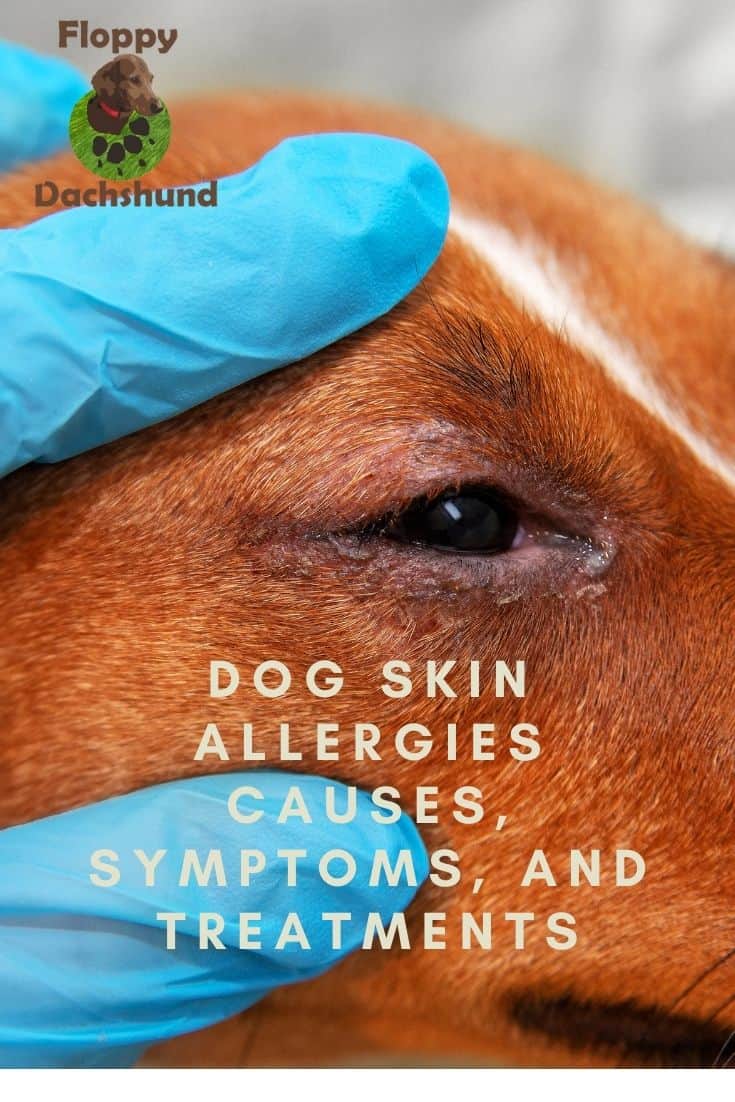Any pet lover will tell you that having a pet is like having a family member, and with it comes responsibility. Like any other member of the family, you have to look after your pet and care for their every need. Dogs are among the most sought-after companions people like to have at home, and taking care of your dog’s health is very important, especially since they are not able to tell you what’s wrong, unlike other family members. To better understand their health issues, you should seek some basic knowledge about the common health problems that occur regularly in dogs.

Any pet lover will tell you that having a pet is like having a family member, and with it comes responsibility. Like any other member of the family, you have to look after your pet and care for their every need. Dogs are among the most sought-after companions people like to have at home, and taking care of your dog’s health is very important, especially since they are not able to tell you what’s wrong, unlike other family members. To better understand their health issues, you should seek some basic knowledge about the common health problems that occur regularly in dogs.
What Causes Skin Allergies in Dogs?
The reasons behind dog skin allergies range from what he or she eats to environmental factors. However, some of the common causes of skin allergies are:
● Food: Food allergies are the most persistent reason behind the occurrence of skin allergies in dogs. A dog’s sensitivity towards some foods might also trigger skin allergies, making it even more important to focus on what your pet eats. Skin allergies caused by sensitivity to certain foods are visible in the scratching around the ears and paws. Along with the scratching of ears and paws, abnormal gastrointestinal symptoms like vomiting and diarrhoea can also be present with a food allergy.
There is an important distinction between skin allergies caused by a sensitivity to food and an actual food allergy. The skin reaction caused by consuming certain sensitive foods are often visible in the form of itching and scratching around the ears and feet. On the other hand, a food allergy can activate an immune response and possibly cause swelling in your dog’s face as well as hives.
● Flea Saliva: In some dogs, a skin allergy could be caused by flea saliva. The reaction triggered by flea saliva is commonly called “flea allergy dermatitis.” The harsh itching can make your dog very uncomfortable, and it may be more severe around the base of your dog’s tail. Other symptoms of a saliva-triggered skin allergy are: redness and inflammation. You will also likely see other signs of fleas on your dog’s skin.
● Environmental Allergens: These types of skin allergies are very common in dogs who have already experienced flea allergy dermatitis. Foreign materials that are not present in the household, but that your dog might encounter outside, such as pollen or dust, typically make up environmental allergens. In medical terms, allergies caused by environmental allergens are referred to as “atopic dermatitis.” The symptoms of atopic dermatitis are more or less the same as those caused by a food allergy. Look at your dog’s ears and paws for the signs of an allergy.
Another important factor regarding environmental allergens is seasonal allergies. Some dogs are allergic to certain elements of different seasons, elements that may cause itching and rashes.
Some of the Most Common Symptoms
Most people and animals will show clear signs of feeling unwell being even before the cause takes on the more concrete look of illness. These symptoms may vary from dog to dog, and also because of differences in the type of skin allergy. However, here are some of the basic symptoms that are visible in most cases:
- Excessive Scratching: This is the most persistent symptom of skin allergies in dogs. Most of the time, if a dog is suffering from skin allergies of any kind, it will make them scratch excessively.
- Excessive Licking: Of course, too much scratching will make the allergy symptoms worse, and then you’ll likely see your pet licking the area as well. Licking is another important symptom for diagnosing skin allergies.
- Rubbing of Specific Body Parts: As mentioned earlier, some skin allergies happen only to specific body parts and remain limited to those parts. The ears, face, and paws are the areas most at-risk for getting infected by your pet’s management of their symptoms, so continuous rubbing of those areas is another observable symptom.
- Biting and Chewing: Just like scratching and licking, biting and chewing are also common symptoms of skin allergies in dogs, and they appear in the very early stages of the allergy.
- Rubbing or Scooting on Surfaces: If your dog is rubbing or scooting in an abnormal way (which is not uncommon in dogs), then it is a good idea to check for a skin allergy.
- Red, Irritated Skin: The symptoms mentioned so far have been behavioral in nature. However, red, irritated skin is not, but it most certainly makes means that an allergy of some kind is present.
- Fur Loss: Fur loss is not visible in all types of skin allergies, but if your dog’s fur is shedding or falling out in an unusual way, then skin allergies could be the reason behind it.
The above symptoms may be caused by another illness and not limited to skin allergy symptoms, so it is always a good idea to get your dog tested by a vet if they are presenting with one or more of these symptoms.
Treatment of Skin Allergies in Dogs
One thing that every dog owner must understand is that skin allergies are not entirely treatable. Skin allergies can be minimized; the severity can be reduced; and for some time, the allergy may seem as if it has been completely cured, but then it may appear again after some time. However, the situation is not dire; there are ways to make symptoms less noticeable and provide comfort for your dog.
Instead of a single treatment, a multi-treatment approach is best. Furthermore, getting your dog tested for allergies is possible but not very pocket friendly. Nevertheless, the best option for treating your dog’s skin allergy is to visit a vet, take the prescribed medication, and follow any other instructions as well. However, at home, you can provide your dog with some beneficial remedies too:
● Frequent Baths: The easiest way to provide relief from excessive itching and inflammation is to give your dog a bath. One can also use an anti-allergen shampoo to soothe your dog’s skin and minimize the presence of allergens.
● A Clean Living Environment: Pets like to play outside. Denying them this joy is not ideal; at the same time, being exposed to grasses, pollens, and other environmental allergens increase the risk of skin allergies. However, a properly cleaned home can minimize the risk of allergens that your dog may have brought inside. Their toys, blankets, and bedding should also be cleaned on regular basis.
● A Balanced Diet: There is no substitute for healthy food. Every dog owner should be mindful of what their dog eats, especially those whose pets are prone to food-related skin allergies. An increased intake of carbohydrates and omega-3 fatty acids are known for providing relief from inflammation, and they also play a vital role in healing the skin from the inside. Gluten-free food should be prioritized as well, as gluten is not easy to digest for many dogs. It is also a food allergen.
● Chamomile and Green Tea Soaks: These products are widely known for minimizing inflammation, and they work just fine for dogs too. You can put some tea bags in a tub of lukewarm water for a few minutes and let your dog soak in it. It is very beneficial for relieving inflammation caused by skin allergies.
While flea medication is also advisable, it is not a good idea to apply them without first consulting your dog’s vet because they may make the problem worse. Overall, skin allergies in dogs are very common, and you won’t have to worry too much if you’re providing proper care and attention to your pet. Even if your dog develops a skin allergy and becomes itchy and uncomfortable, proper treatment and medication after a trip to the vet should make the symptoms go away, and you can again be the best of buddies with your pet.
